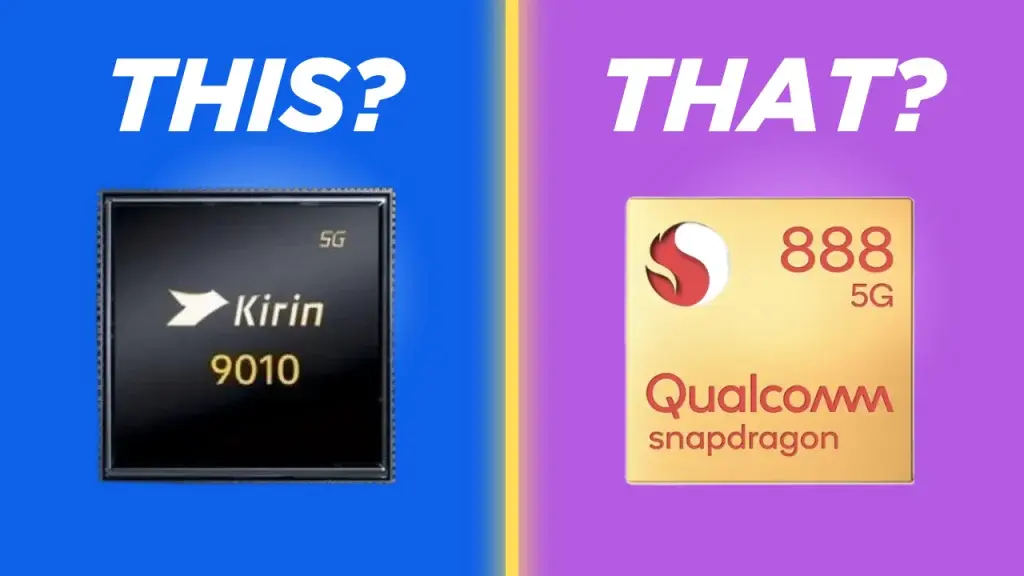Huawei is anticipated to be developing the Nova 13 series of smartphones. However, those looking forward to an imminent release might need to wait a bit longer due to a new leak indicating a potential delay.
A Weibo tipster, Beijing Digital Master, suggests that the Nova 13 series will probably launch in early Q3 2024, most likely in July. Initially, the smartphones were expected to be unveiled at the Huawei Developer Conference (HDC) 2024, slated for June 21st. Hence, a July release seems plausible.
Delayed Launch and Speculations
The tipster did not provide additional details about the smartphone, such as its specifications. The Nova 12 series also faced similar delay rumors before its eventual release in late December 2023.
Regarding the specifications, leaks indicate that the Nova 13 might be powered by the newly introduced Kirin 9010 chip, which debuted in the Pura 70 Ultra.
Key Features and Rumored Specifications
The chipset features overclocked cores for enhanced performance compared to the Kirin 9000s and is expected to support 5G connectivity.
The display might continue with a 1.5K resolution panel and maintain the distinctive dual front camera setup. Improvements in the XMAGE imaging system are anticipated, and the premium Nova 13 Pro and Ultra models are rumored to include a new basalt coating.
Additionally, there are rumors that the Nova 13 series smartphones will support two-way Beidou satellite communication technology. This feature would allow users to send and receive messages via Beidou satellites, even in areas without terrestrial network coverage.
At this time, there isn't much more information available regarding the specifications of the Huawei Nova 13 series.










